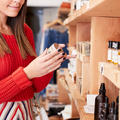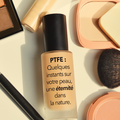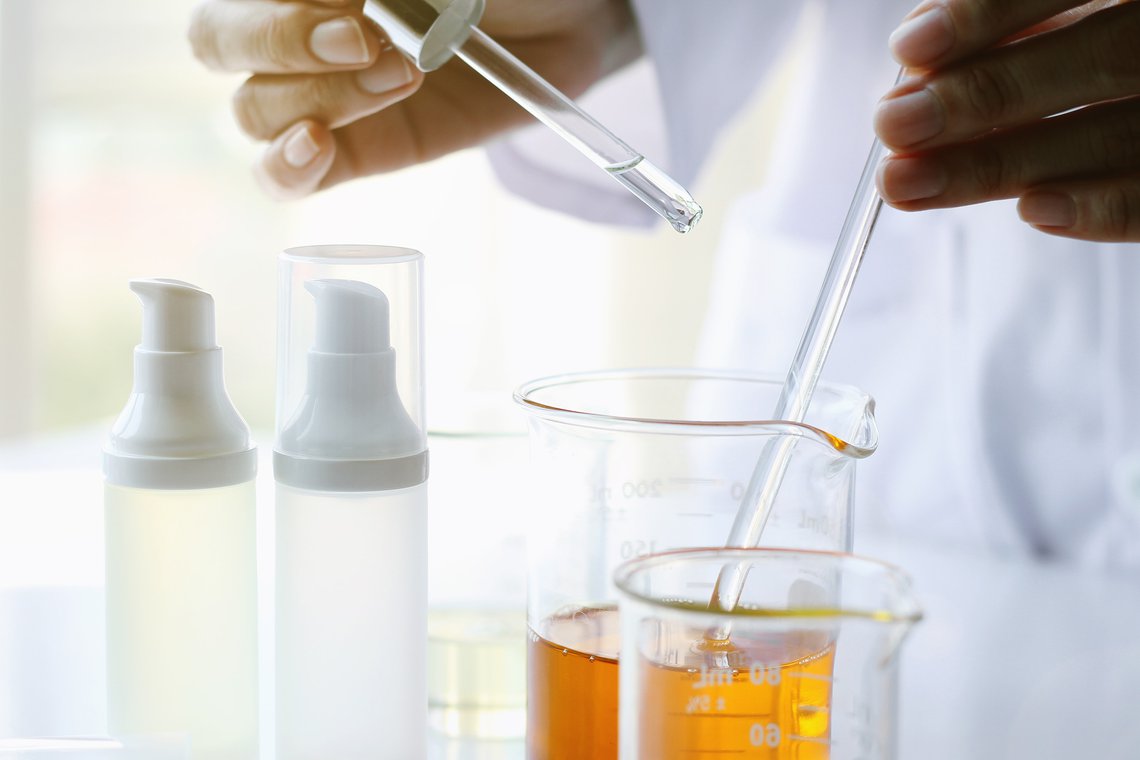
Here at Cosmébio, we are often asked about the use of preservatives in organic cosmetics. Because they are sometimes questioned, the Cosmébio Technical Committee explain their role, their necessity of this sometimes controversial cosmetic ingredient and how their use differs in organic cosmetics from that of non-organic cosmetics.
General Information About Preservatives in Cosmetics
What is a preservative? What is its role in cosmetics?
A preservative is an ingredient used to prevent the growth of microorganisms, such as bacteria and fungi, in cosmetic products.
Whether its conventional or organic, a cosmetic product cannot protect itself from aging, creating organoleptic deterioration. In other words, it loses its sensory qualities: the smell can "turn", the texture and color can change... This natural deterioration of the product can even be dangerous sometimes.
Furthermore, regulations require that any cosmetic product put on the market must be able to protect itself from external microbial contamination. This obligation is verified through what is known as the Challenge Test (testing the effectiveness of the preservative system - the product is deliberately contaminated with microorganisms often present on the skin and their growth is monitored for 28 days).
The purpose of preservatives is therefore to protect the cosmetic product from aging, but also to protect the formula from potential external microbial contamination.
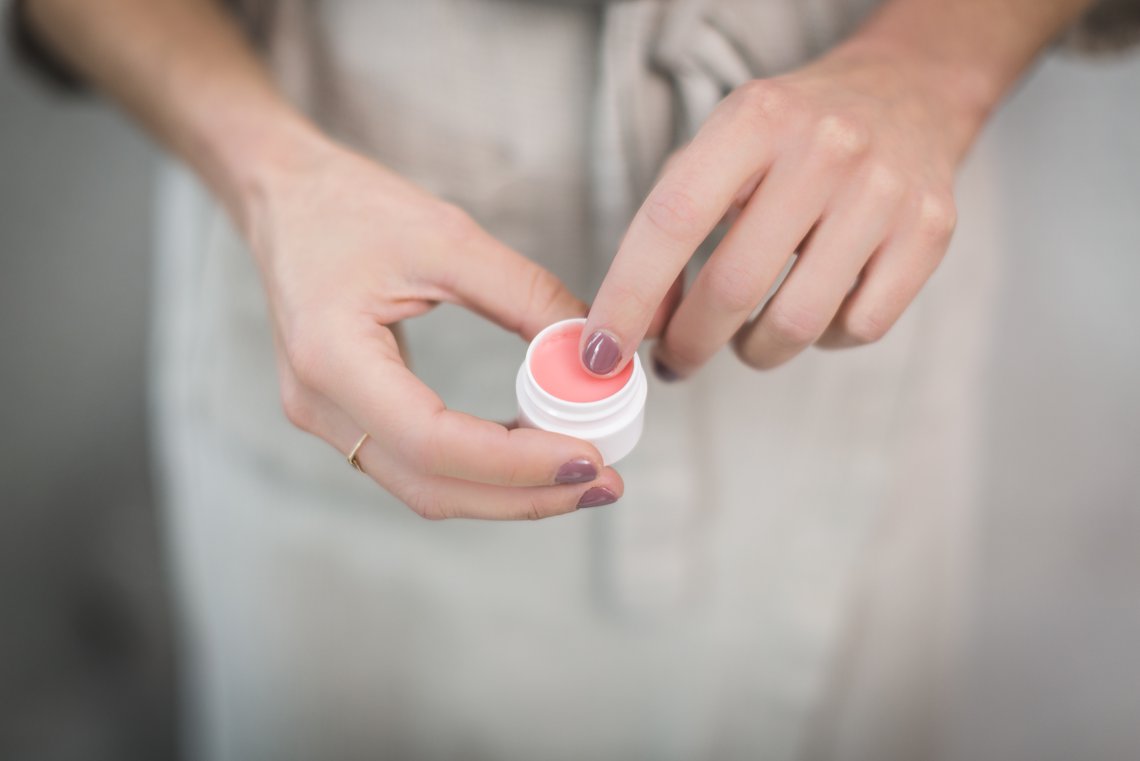
In what types of cosmetics are preservatives used?
Preservatives can be used in all types of cosmetics because, as mentioned earlier, no cosmetic is immune to aging and bacterial contamination.
Preservatives are more common in cosmetics that contain a high percentage of water because bacteria and fungi thrive in water. However, a product containing even a little water may also require preservatives.
Why are preservatives controversial in cosmetics?
Preservatives are sometimes criticized because certain preservatives can be allergenic or irritating. This is because they fight off all microbacteria, which can disrupt the skin's natural and necessary microbial flora.
Today, manufacturers and cosmetic brands have a better understanding of preservatives. Preservatives are, therefore, carefully integrated into cosmetic formulas and the final cosmetic product undergoes rigorous testing to ensure their safety for consumers.
Technical Details About Preservatives in Cosmetics
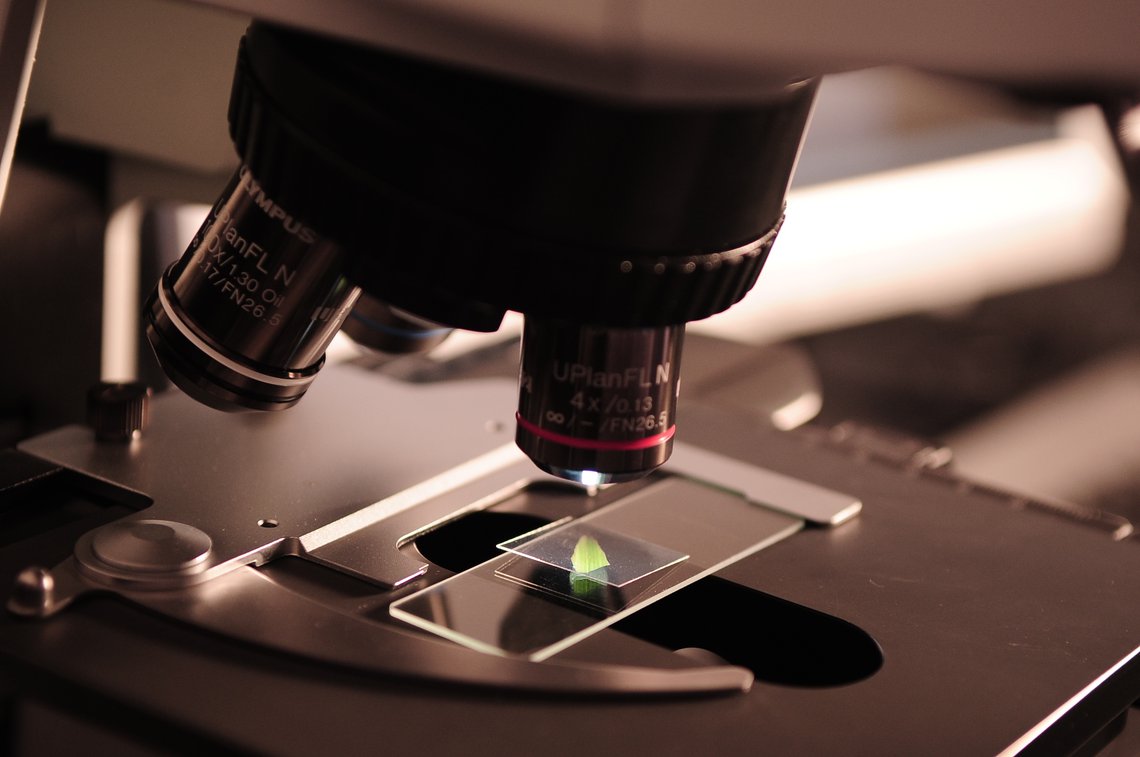
How are preservatives chosen for a cosmetic product?
The choice of which preservative or preservatives to use depends on the formulation of the product and its type: cream, water, oil, etc. It also depends on the pH of the environment, the manufacturing process, or the person that will use the cosmetic product: a baby vs an adult for example...
What is the difference between a "listed" and "non-listed" preservative?
This distinction is related to the European Cosmetic Regulation.
Like any cosmetic product, a natural or organic cosmetic product must comply with European Regulation No. 1223/2009 on cosmetic products. It is also tested and validated by a toxicologist, just like conventional non-organic cosmetics.
A "listed" preservative is part of the list of preservatives authorized by the Cosmetic Regulation. The specifications of natural and organic cosmetics limit the use to a restricted number certain preservatives from this list.
A "non-listed" preservative is not part of the list of preservatives authorized by the Cosmetic Regulation. Non-listed preservatives have preservation properties (anti-microbial, anti-fungal, etc.), but this is not their primary function.
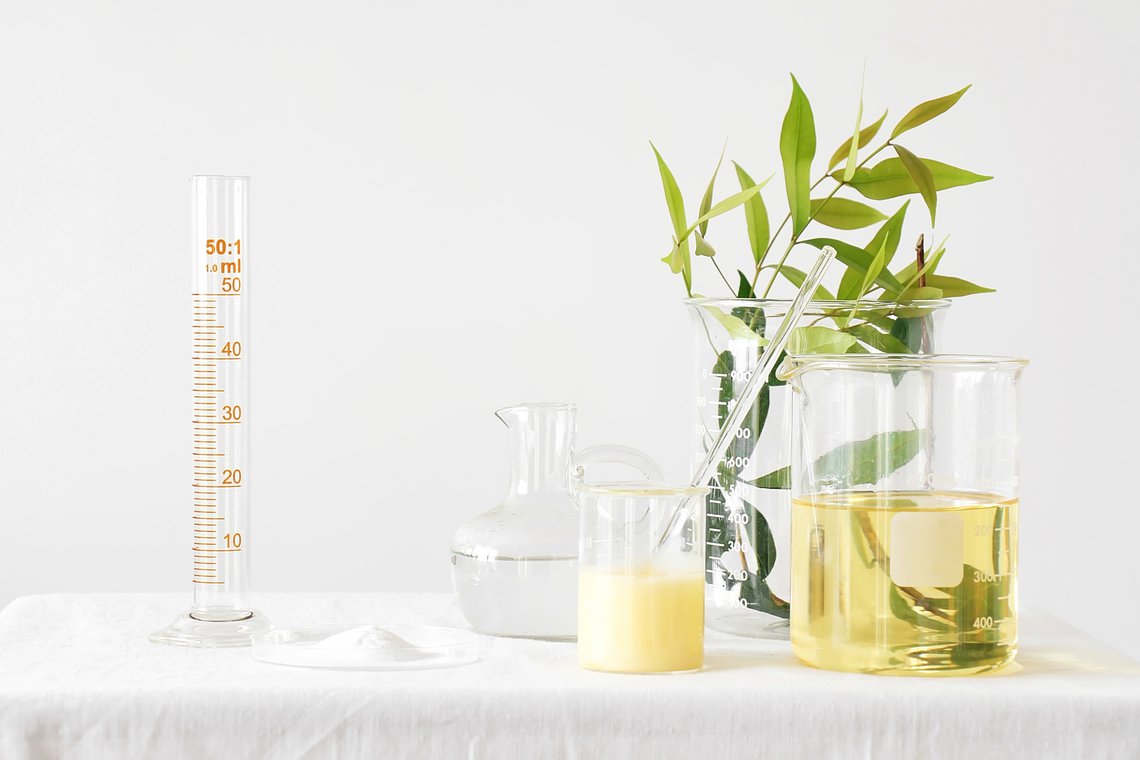
Are There Natural Preservatives? What Preservatives Are Allowed in Organic Cosmetics?
There are "nature-identical" preservatives, which means they exist in nature but are difficult to extract in sufficient quantities and so they are manmade to mirror a naturally occuring molecule.
Out of 59 listed preservatives, five are allowed in organic cosmetics:
- Benzoic acid and its salts,
- Benzyl alcohol,
- Salicylic acid and its salts,
- Sorbic acid and its salts,
- Dehydroacetic acid and its salts.
What about "preservative-free" cosmetics?
Is it possible to create cosmetics without preservatives?
It is entirely possible to formulate cosmetics without using preservatives. This is even the preferred option for manufacturers when possible. But unfortunately, it's not always the case...
Formulating without preservatives is possible through the use of suitable packaging or a special process:
- Airless packaging: designed so that the product never comes into contact with ambient air.
- Sterilization (such as UHT, like milk) + suitable packaging, which remains sterile during consumer use. The implementation of this technology is very costly and therefore not widely used.
- Some product formulations also allow for the elimination of preservatives: oil based formulations and solid bar soaps are examples of cosmetics that can easily do without preservatives.
So, what do "preservative-free" claims mean?
Very often, the "preservative-free" claim is used when a product does not contain a listed preservative. In this case, it contains non-listed preservatives like glycols and their derivatives. These are ingredients that help boost preservation.
However, regulation about "preservative-free" claims is evolving. So, it's best to decipher the ingredient lists (INCI) to understand what it means for a product to be labelled "preservative-free."

